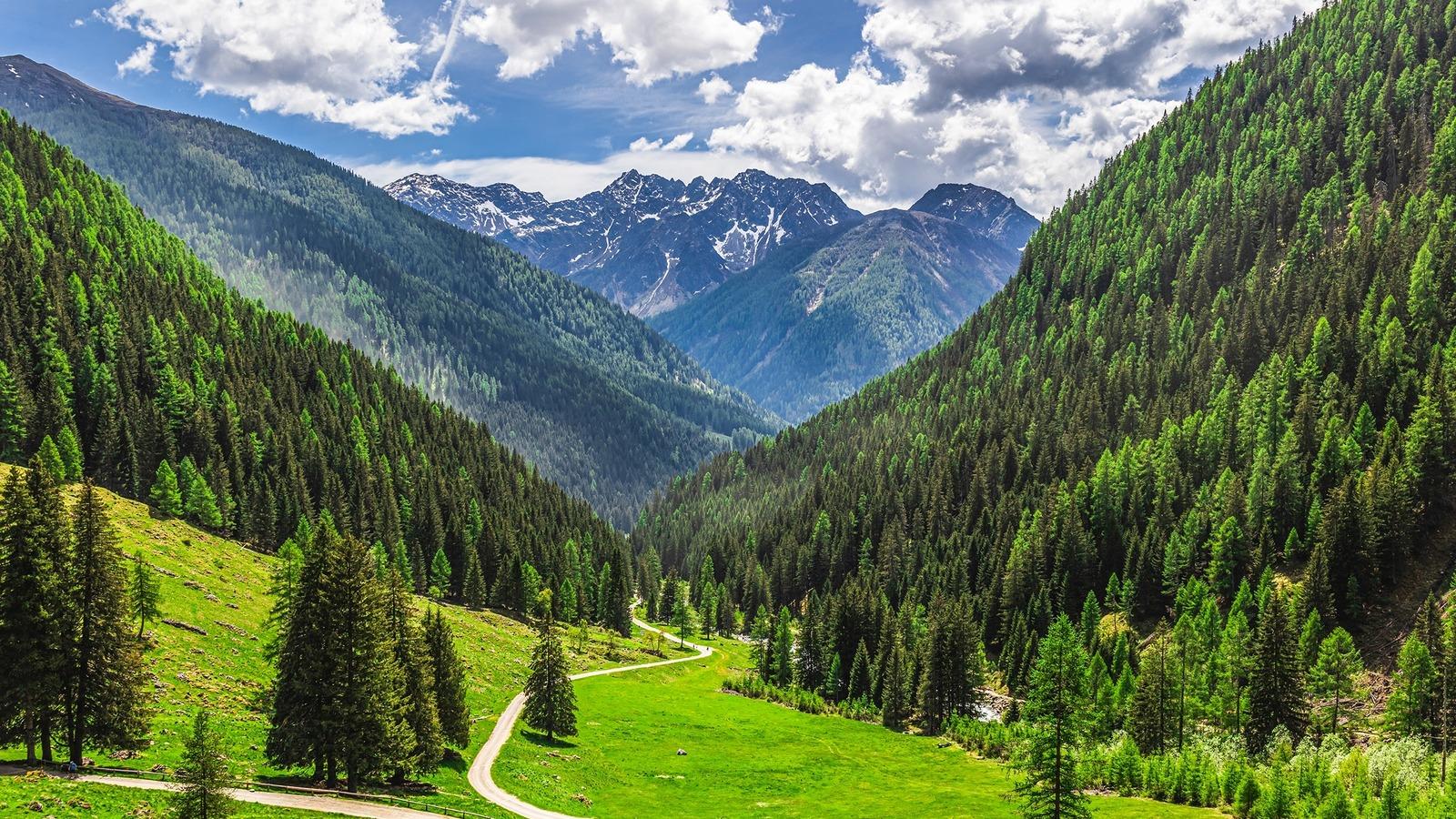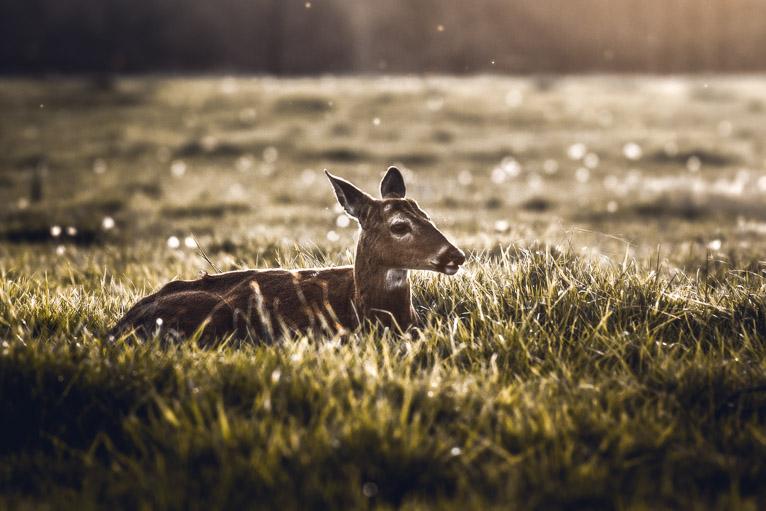In a world increasingly driven by technology and urban landscapes, the great outdoors beckons as a sanctuary of beauty and tranquility. From sweeping vistas and towering mountains to the delicate intricacies of flora and fauna, nature offers an endless canvas for photographers seeking to capture its essence. However, venturing into the wild with a camera in hand necessitates more than just a keen eye; it requires a blend of preparation, technique, and respect for the environment. In this article, we embark on a journey through the art of nature photography, unveiling essential tips that will help you not only capture stunning images but also foster a deeper connection with the natural world. Whether you’re a seasoned photographer or a curious beginner, join us as we explore the tools, techniques, and philosophies that can elevate your outdoor photography to new heights.
Table of Contents
- Capturing the Essence of Natural Landscapes
- Mastering Light and Composition in Outdoor Photography
- Choosing the Right Gear for Nature Exploration
- Enhancing Your Skills: Techniques for Stunning Wildlife Shots
- To Conclude
Capturing the Essence of Natural Landscapes

To truly convey the beauty of the outdoors, immerse yourself in the environment and let it inspire your creativity. Begin by paying attention to natural light, particularly during the golden hours—early morning and late afternoon—when the sun casts a warm glow. This magic hour not only enhances colors but also adds depth and dimension to your images. Consider the use of leading lines, such as pathways, rivers, or tree lines, to draw the viewer’s eye into your composition. Keep an eye out for reflections in water, as they can add a stunning layer of complexity to your photographs.
Don’t shy away from experimenting with different perspectives and compositions. Capturing scenes from unexpected angles can lead to more compelling photographs. Try to incorporate foreground elements, such as rocks or flowers, to create a sense of depth and framing in your images. Additionally, be mindful of the weather conditions; clouds can dramatically change the mood of a landscape, while mist can introduce an ethereal quality. By observing and interpreting these nuances, you’ll be able to encapsulate the true essence of nature in your photography.
Mastering Light and Composition in Outdoor Photography

In the realm of outdoor photography, understanding light is paramount. The quality of light can dramatically alter the mood and perception of a photograph, making it essential to plan your shoots around the golden hours—early morning and late afternoon. During these times, the sun casts soft, warm hues, creating a natural glow that enhances landscapes and subjects alike. Additionally, consider the direction of the light; side lighting can add depth and texture, while backlighting can create mesmerizing silhouettes. Always be ready to adapt to changing light conditions, as overcast skies can provide an even, diffused natural light that works wonders for capturing intricate details.
Composition is equally crucial in bringing your outdoor photographs to life. Utilize techniques such as the rule of thirds to create balance and interest in your images. Place focal points along the grid lines or at the intersections to draw viewers’ eyes into the frame. Incorporate leading lines—such as roads, rivers, or trails—to guide the viewer’s gaze through the scene. Don’t hesitate to experiment with various perspectives; shooting from a low angle can present a dramatic viewpoint, while a high vantage point might offer breathtaking landscapes. Remember, nature is not just a backdrop; it’s a dynamic subject, so pay attention to the elements within your frame. Here’s a brief overview of key compositional elements:
| Element | Description |
|---|---|
| Rule of Thirds | Divide your image into thirds vertically and horizontally for balance. |
| Leading Lines | Use natural lines to guide the viewer’s eye through the photo. |
| Framing | Utilize elements in the scene to frame your main subject. |
| Symmetry | Explore mirrored compositions for a harmonious effect. |
Choosing the Right Gear for Nature Exploration
Choosing the appropriate equipment is crucial for capturing the raw beauty of the great outdoors. While your camera may be the star of the show, it’s essential to consider other tools and accessories that can enhance your exploration and photography experience. Start with a good quality camera body suited to your needs, whether it’s a DSLR, mirrorless, or even a high-quality compact camera. Pair it with a versatile zoom lens or a selection of prime lenses to adapt to different landscapes. Additionally, don’t overlook tripods for long exposures and stability, especially in low-light conditions, as well as sturdy camera bags that protect gear while being easy to carry.
In the great outdoors, being prepared for the unpredictable is key. Here are some essential tools and accessories to consider packing:
- Extra batteries: Ensure you never miss a moment due to a drained battery.
- Memory cards: Always carry extras to capture countless shots during your adventure.
- Lens cleaning kit: Keep your lens free of dust and moisture.
- Waterproof gear: Protect your equipment from unexpected weather changes.
For further organization and planning, consider the following gear checklist:
| Item | Purpose |
|---|---|
| Camera | Primary device for capturing images |
| Tripod | Stability for clear, shake-free shots |
| Filters | Enhance colors and reduce glare |
| Backpack | Conveniently carry all your gear |
Enhancing Your Skills: Techniques for Stunning Wildlife Shots
Capturing wildlife in its natural habitat is both an art and a science, requiring patience and understanding of animal behavior. To elevate your photography, start by deploying camouflage techniques to blend into the environment. Wear earthy tones, and use natural materials to hide your presence. Additionally, consider patience and timing as your greatest assets. Observing the daily routines of animals can inform your shooting schedule; dawn and dusk are often the most productive times for capturing wildlife, as animals are generally more active during these hours.
Utilizing the right equipment is also crucial for stunning wildlife shots. A camera with a fast shutter speed allows you to freeze motion, ensuring that you catch every detail of the animal’s movements. Here are key components to consider:
| Equipment | Function |
|---|---|
| Telephoto Lens | Great for close-up shots from a distance |
| Tripod | Stabilizes your camera for sharper images |
| Polarizing Filter | Reduces glare and enhances color saturation |
Experiment with varying your angles and perspectives—crouching low can create a more intimate view of small creatures, while a higher vantage point may help you capture broader scenes. Each adjustment not only tells a different story but also enhances the emotional impact of your photographs.
To Conclude
As we wrap up our journey through the wild and wonderful world of nature photography, it’s clear that the great outdoors offers a canvas like no other. Armed with your newfound tips, you can trek into the heart of nature, capturing moments that blend the ethereal beauty of landscapes with the intricate details of flora and fauna. Remember, every click of the shutter is an invitation to pause, observe, and connect with the natural world around you.
Whether you’re standing at the edge of a misty forest at dawn or gazing over a sun-drenched canyon at sunset, let your creativity flourish. Embrace the unpredictable nature of the environment, and allow your passion to guide you.
With every photo you take, you are not only preserving memories but also sharing a piece of the world’s beauty. So grab your camera, step outside, and let the magic of nature inspire your artistic vision. Happy shooting!



